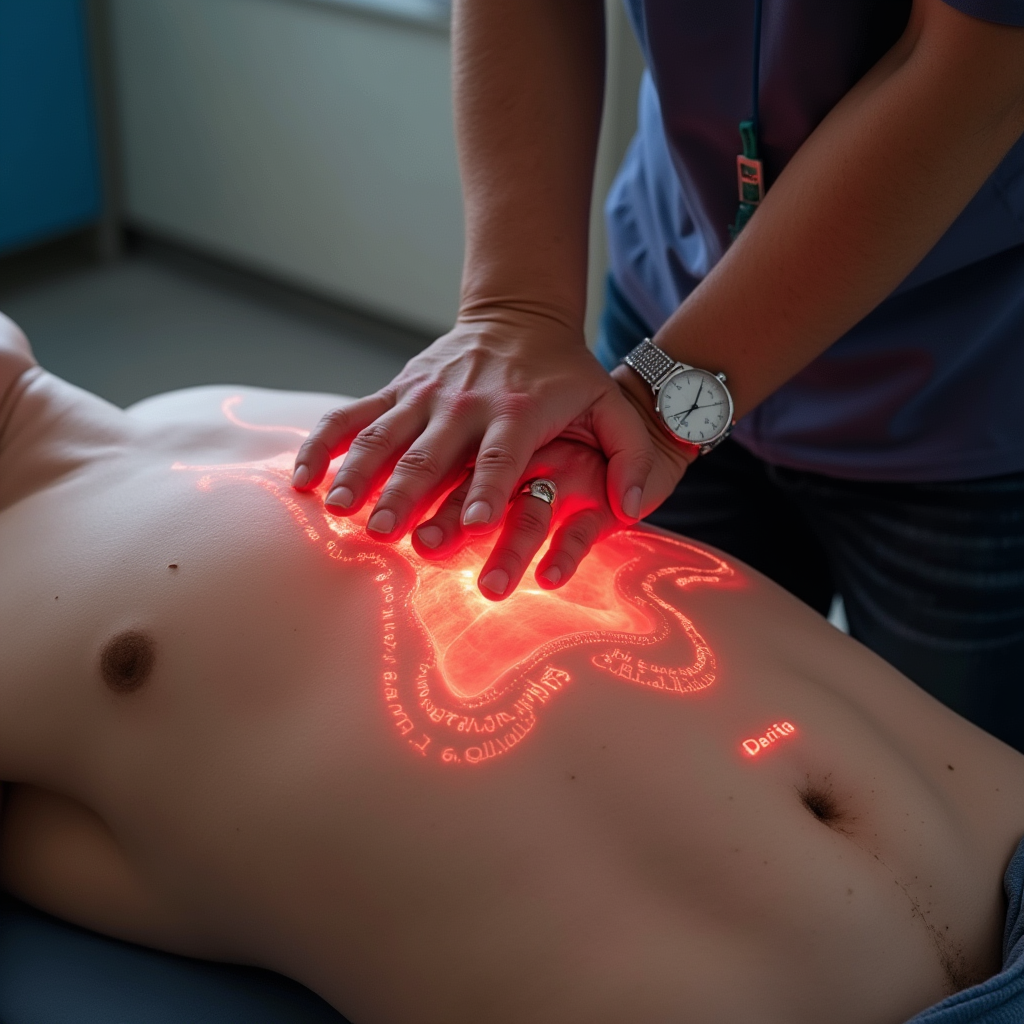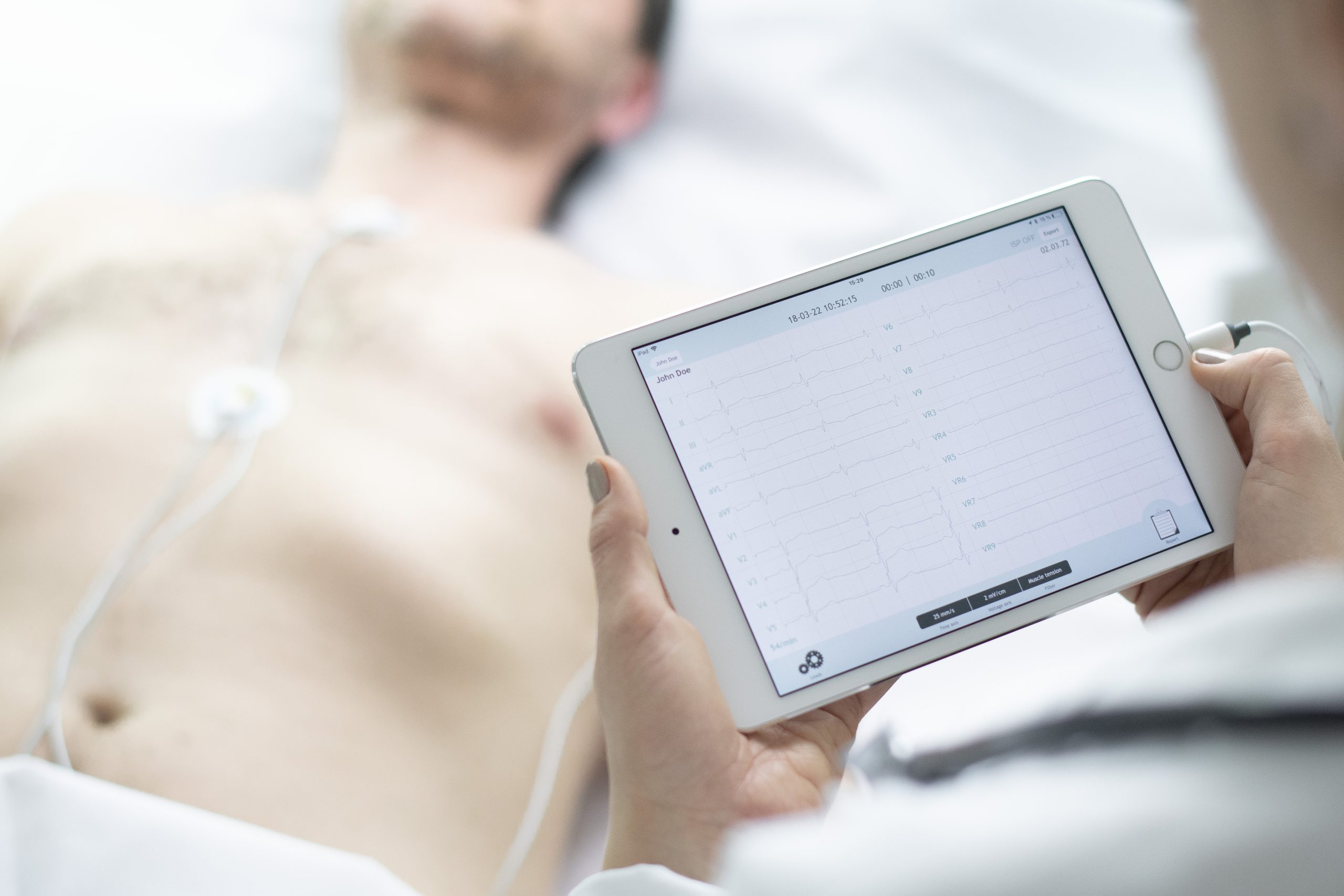Lifesaving Techniques at the Crossroads: Understanding CPR and Defibrillation in Emergency Cardiac Care

In critical moments during a cardiac emergency, two lifesaving techniques stand out: Cardiopulmonary Resuscitation (CPR) and Defibrillation. Although frequently mentioned together, these procedures serve distinct yet complementary purposes in preserving life during cardiac arrest.
The Fundamental Mechanics of CPR
Cardiopulmonary Resuscitation (CPR) is a manual emergency procedure that maintains blood circulation and oxygen delivery when the heart stops. It combines chest compressions with rescue breaths to simulate the heart’s pumping and respiratory functions.
Key Components of CPR
- Chest Compressions: Performed manually at 100–120 compressions per minute.
- Rescue Breaths: Provide oxygen to support respiratory function.
- Goal: Sustain brain and organ function during cardiac arrest by maintaining minimal circulation.
Defibrillation: Restoring Cardiac Rhythm
Defibrillation is an electrical intervention used to treat life-threatening arrhythmias like ventricular fibrillation (VF) and pulseless ventricular tachycardia (VT). Unlike CPR, it delivers a shock to reset the heart’s electrical system.
Defibrillation Characteristics
- Electrical Shock: Delivers a controlled current through the chest.
- Rhythm Correction: Stops erratic electrical activity to restore a normal heartbeat.
- Specialized Equipment: Requires an AED or professional defibrillator.
CPR vs. Defibrillation: Comparative Analysis
- Mechanism of Action
- CPR: Simulates heart and lung activity manually.
- Defibrillation: Targets and resets electrical impulses in the heart.
- Equipment Requirements
- CPR: Can be performed with minimal tools—often just hands.
- Defibrillation: Needs an electrical device such as an AED.
- Timing and Application
- CPR: Initiated immediately and sustained continuously.
- Defibrillation: Applied within minutes of arrest, ideally during the early phase.
- Training and Complexity
- CPR: Accessible to the public with basic training.
- Defibrillation: Requires equipment, though AEDs are built for general use.
Working Together: Complementary Roles
These techniques are not substitutes—they work best when combined. Guidelines emphasize their unified use:
- Start CPR immediately to maintain circulation.
- Apply defibrillation as soon as equipment is available.
- Continue CPR between defibrillation attempts to sustain oxygen delivery.
Scientific Foundations and Survival Rates
Extensive research confirms that fast, effective CPR paired with early defibrillation dramatically enhances survival outcomes. The American Heart Association promotes a “chain of survival,” where each step strengthens the next.
Survival Statistics
- CPR started immediately can double or triple the chances of survival.
- Defibrillation within 3–5 minutes may boost survival rates by up to 70%.
Technological Advancements
- CPR: Mechanical compression devices assist in high-quality, consistent delivery.
- Defibrillation: AEDs now offer real-time prompts, improving usability for all responders.
Conclusion
Though different in method and application, CPR and defibrillation share a vital goal: saving lives during cardiac emergencies. Understanding how each works—and how they work together—is essential for preparedness and effective response.
References
- Panchal, A. R., et al. (2020). Adult Basic and Advanced Life Support. Circulation, 142(16_suppl_2), S366–S468.
- Kleinman, M. E., et al. (2015). CPR Quality. Circulation, 132(18_suppl_2), S414–S435.
- Perkins, G. D., et al. (2015). Cardiac Arrest Review. Critical Care Medicine, 43(12), 2644–2653.
- Berg, R. A., et al. (2010). Resuscitation Algorithms. Circulation, 122(18_suppl_3), S685–S705.
⚕️ Important Disclaimer
This article is intended for educational purposes only. It does not replace medical advice or professional consultation. Always speak with a licensed healthcare provider before making health decisions or changing treatments. In an emergency, contact local services or go to the nearest hospital.
The authors and website do not accept responsibility for outcomes arising from the use of this content. Individual results may vary.
Read Also
